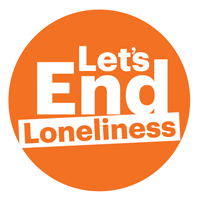One in four Australian adults feel lonely, and the impacts can be dire. Loneliness increases our risks of depression, diabetes, dementia, self-harm and suicide. But likening it to a disease and proposals to treat it with a pill miss the point: we’ve been building for loneliness over many decades and decision-makers have been asleep at the wheel.
Having studied the issue, we view loneliness as largely a product of our environment – what we call a “lonelygenic environment” – not a disease or a problem with any particular individual. So what is this “lonelygenic environment”?
Over decades, our cities have become sprawling low-density agglomerations. Many places are too far to walk from home. Short errands are routinely done by car, erasing opportunities to stop and chat with locals.
Large-scale felling of street trees has not only obliterated natural shade, but severed our connection with the “more than human” world. Car traffic dominates residential roads, which are also clogged with parked cars.
Read the full article in ‘The Conversation’ here.
